Song glass and flame
Lamgravork - you can hardly have one who has never come across this concept in his life and did not admire the look of decorations (and not only decorations) from glass. It would seem, just beads ... But no, not just beads, and not just created by hand, but the only and unique in kind. It is impossible to recreate an accurate copy of the product even with a very strong desire and high level of skill.
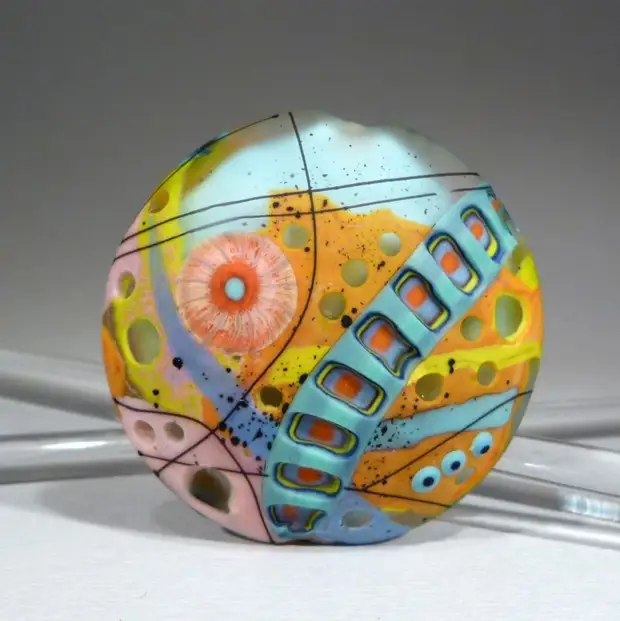
Astrid Riedel.
What is Lampvork and what "eaten" with it?
Lampvork - Art technique for processing glass, the result of which is the birth of glass beads or products with a unique pattern and various effects. And the name of its own (from English Lamp - Lamp and Work - work) The technique is obliged to the very specific processing. Before the appearance of modern windows of glass affairs, the masters used the lamp on animal fat. It gave a low temperature for smelting, the creation process required a lot of time, the result it was difficult to predict, and the cost of the product beat records.
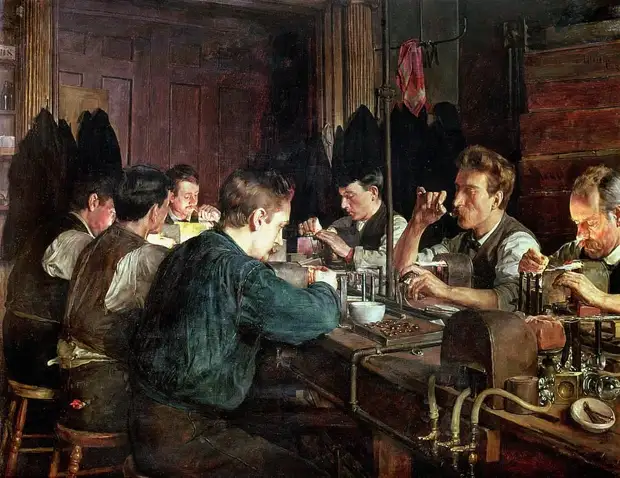
Charles Frederic Ulrich (1858-1908) - Glass Artists
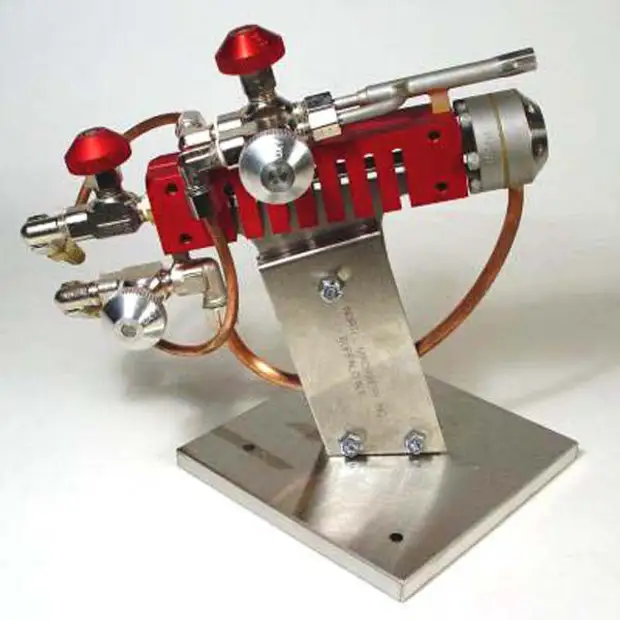
Red Max, modern burner - like a little flamethrower!
Over the years, the home "Assistant" of the artist on glass - lamp -preterpel. Serious changes. In first, to create a wizard, the wizard is simply supplied through a special tube. For a shift, she came for blacksmithing fur (manual, and then foot). In the modern Lampwell, propane and oxygen-propane burners are used, the flame of which reaches the temperature of 800-1200 degrees Celsius. Palm Championship in the use of a hydrogen gas flame instead of a flame lamp on animal fat belongs to the Italian XIX century master of Domenico Bussolini. Due to this discovery, it became possible to control the combustion temperature and speed up the manufacturing process.
Not a burner uniform: toolkit and material for Lampvork
It is difficult to overestimate the role of the burner in creating different beauties, but still for the creative process, the master must still have a lot. Tongs, tweezers and metal stamps, scissors, needles, graphite platforms and blades, refractory blanket and even a special separator. It is with the help of this solution that the bead does not stick to the Mandrelie - the needle on which the glass burner melted in the flame is wound and the future product is formed. From the diameter of the Mandrelie depends the diameter of the hole in the beads. Only now the hole in the beads is not always.
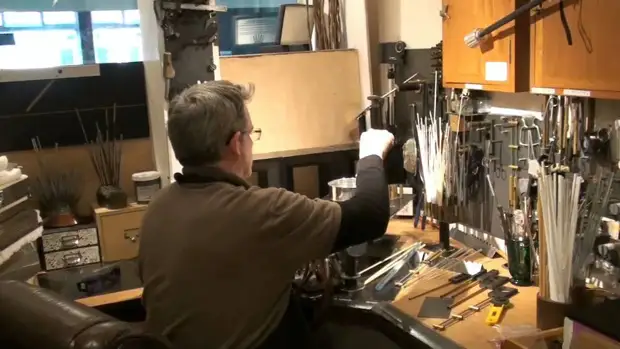
Workplace Lampworker
But nevertheless, the main "figurative" of Lamvork is glass. Types of glasses used in operation are soft and borosilicate (solid), and their main characteristic is the coefficient of thermal expansion. The main commandment of the Wizard on the Lampwork is not to mix glass with a different coefficient, otherwise the product is necessarily crawling.
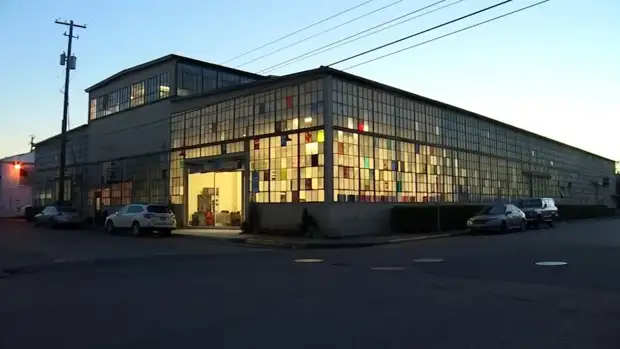
Uroboros Glass Factory
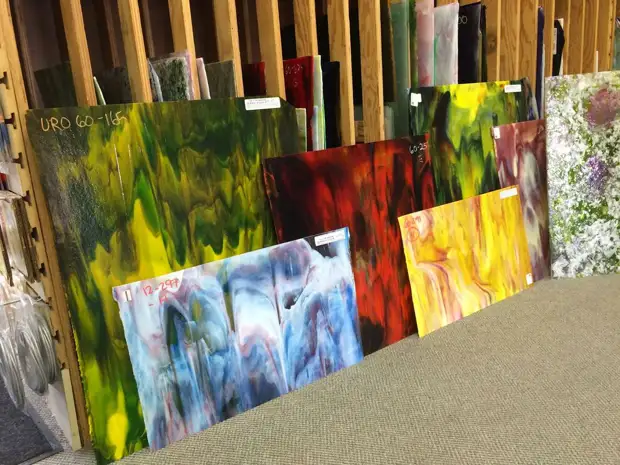
Multilayer glass Uroboros - there is no identical sheets!
For high-quality soft glass, go to manufacturers in Italy - "Effetre" (MORETTI) and "VETROFOND" , in Japan you will not find better "SATAKE" , and in the United States, the company's products are popular "Bullseye" and "Uroboros Glass Studio" . Those who like to work with borosilicate glass give preference to American "Pyrex", "Glass Alchemy" and "Northstar".
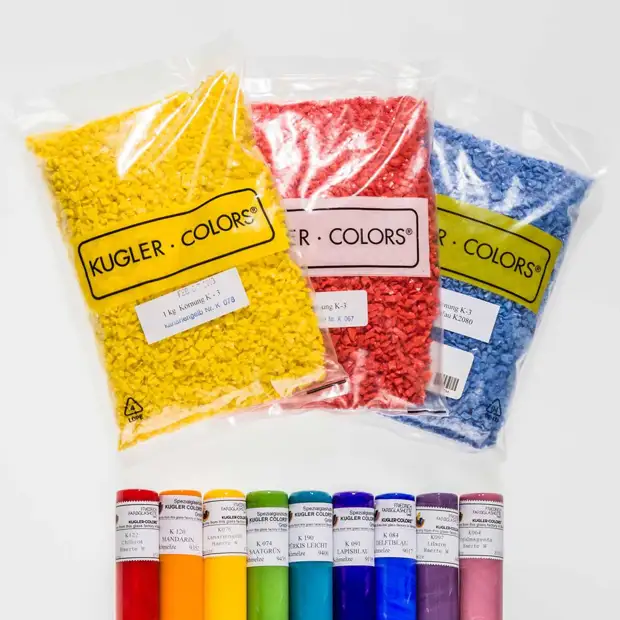
Glass company Kugler.
Many of the manufacturers who have won the well-deserved respect for glass fans and lampvorkers, work in this industry for several centuries, and the history of their creation and development of sheeted by a lot of curious details. For example, the tradition of production of German glass brand "Lausha" , named after a small town, where glasswalls flourished from the Middle Ages, already have 400 years. Germany - Motherland and other glass manufacturers, whose names of the masters of Lampvork are familiar not to beyond, - Raichenbach and "KUGLER COLORS".
There are secrets and in Italian brands "Effetre" and "VETROFOND" . The first name of the glass "EFFETRE" - "MORETTI" , By the name of the owner of the glass factory. This is an old family name, all the carriers of which (and this is an extensive family) live on the island of Murano for several centuries have been engaged exclusively with glass. What does it have to do with "VETROFOND" ? You ask. Yes, despite the fact that the Faminte family at the moment is the owner and this factory for the production of colored glass.
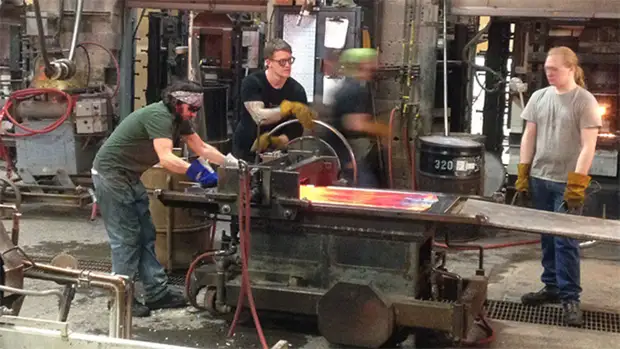
Production of sheet glass in the factory "Bullseye"
By the way, the glass is used in Lampvork, not only color, but also with chemically active additives. It changes its color depending on the temperature processing mode. One of these species is a silver-containing glass of various brands - "Double Helix", "Tag", "Precision" . However, only on silver, the list of stem and auxiliary materials does not end. Silver, gold, copper foil, crystallized copper, fritis (glass baby), enamel, shards (shards) - All this gives the wizard to create, without limiting the flight of fantasy and achieving the most different effects.
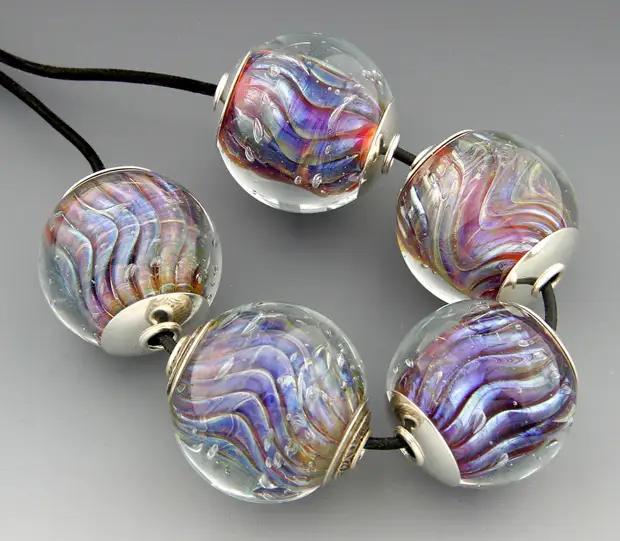
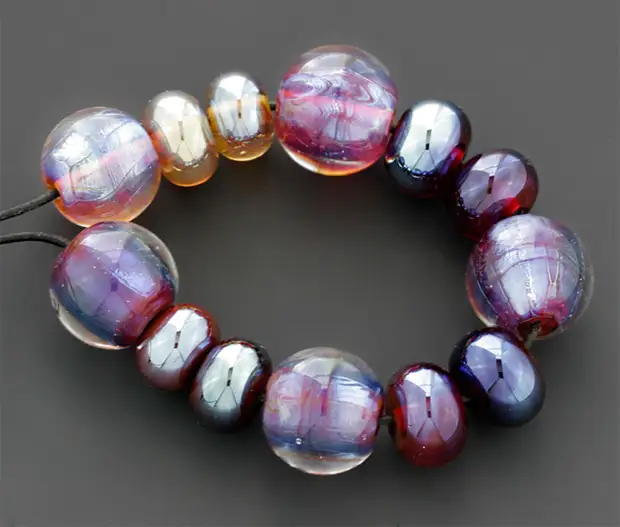
Silver-containing glasses "Double Helix"
A man, in many ways, thanks to which Lampvork gained the status of art, became the German artist Hans Godo Frabel. At the time of the opening of them in 1968, a private studio in Atlanta (Georgia, USA), the glass was absolutely not perceived by the public as a field for creativity, which could be recognized as high. The situation was fundamentally changed by the international exhibition "New Glass Art" of 1978, on which the sculpture of Frabel "Hammer and Nails", made in the Pop Art style, was recognized as the best.
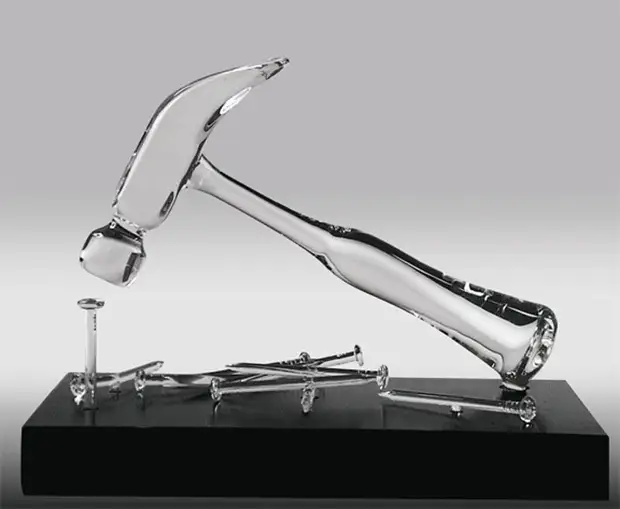
Hans Godo Frabel "Hammer and Nails"
It was this exhibition that opened the door to many museums of the world and attracted the attention of an international audience to him. His works are stored in private collections, including those owned and the strong world of this, - Queen of Great Britain Elizabeth II and the Emperor of Japan Akihito.
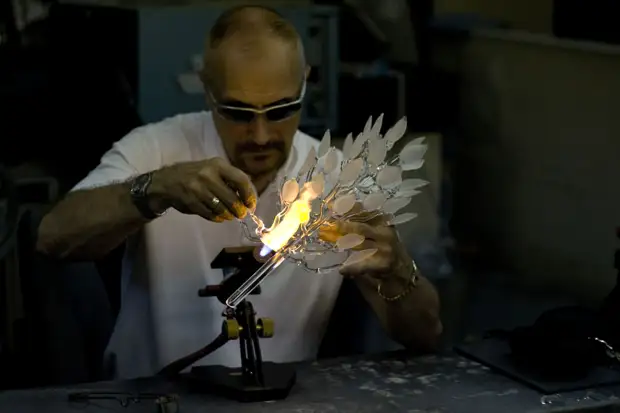
Hans Godo Frabrel
Such a different Lamvork: Forms and Directions
On the first (and then not very attentive), the glance may seem that everything spins around the rapid round beads. But if you look at Lampvork, it turns out that the beads are the most amazing, and the directions are special, and the final result is stolenly multifaceted.
Here are just some artists and their work:
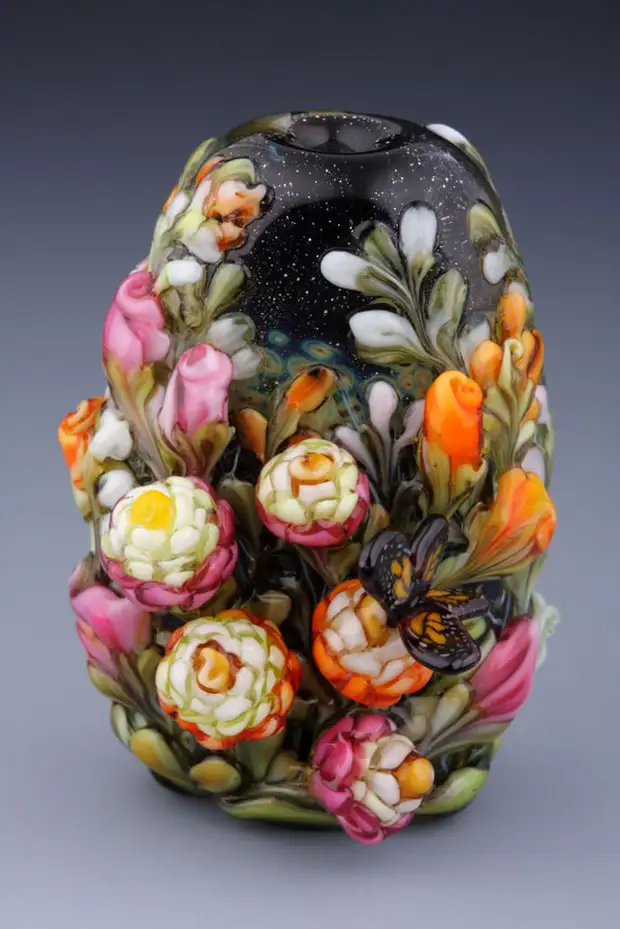
Dolly Ahles.
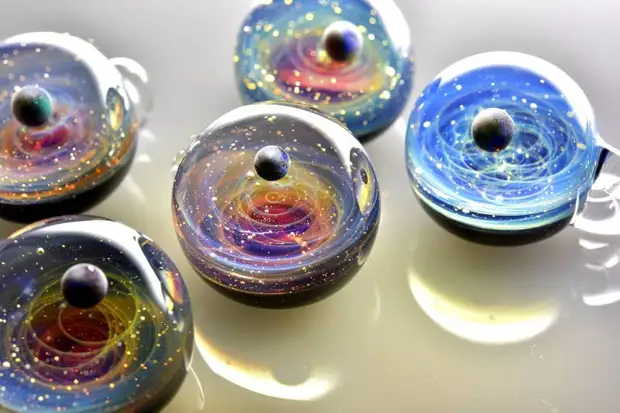
Satoshi Tomizu.
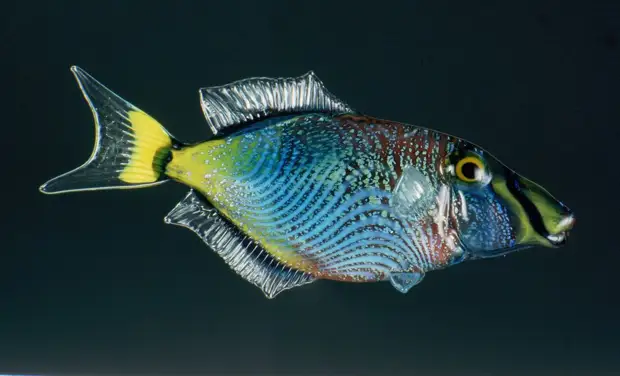
Vittorio Costantini.
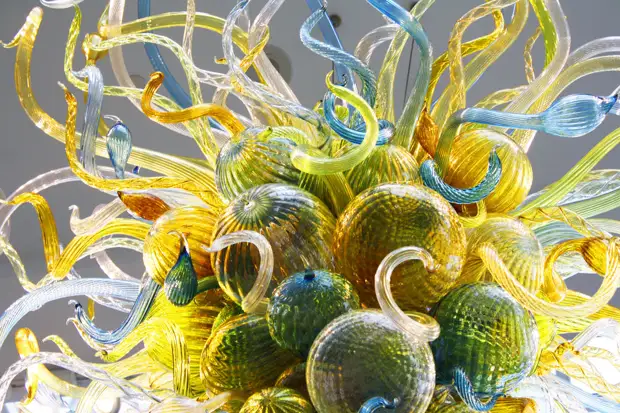
Dale Chihuly.
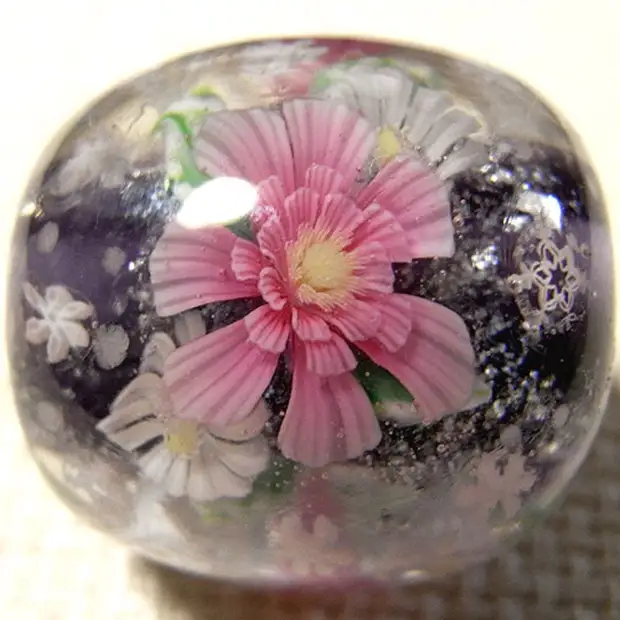
Ayako Hattori.
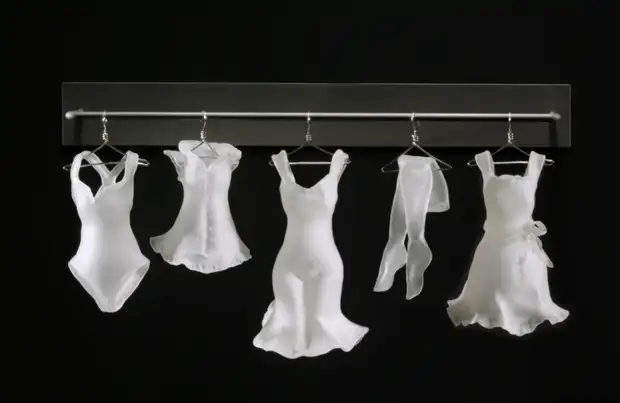
Carmen Lozar
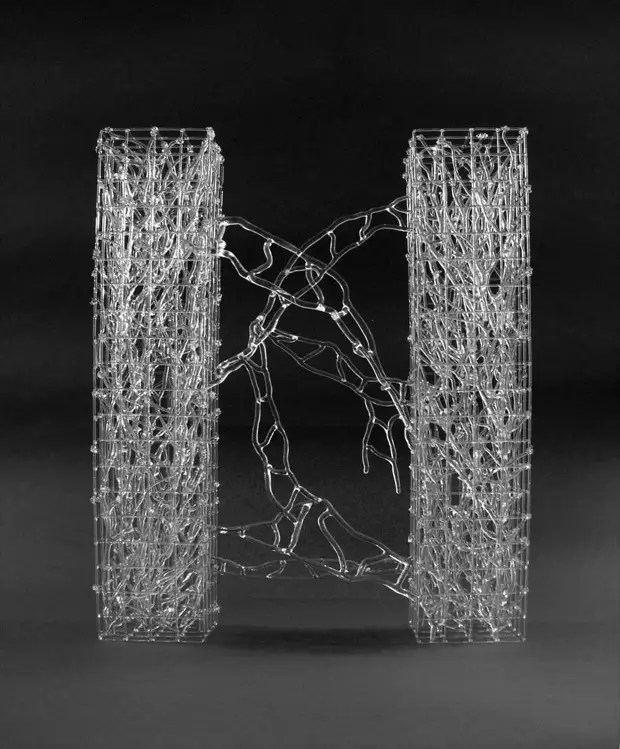
Eunsuh Choi.
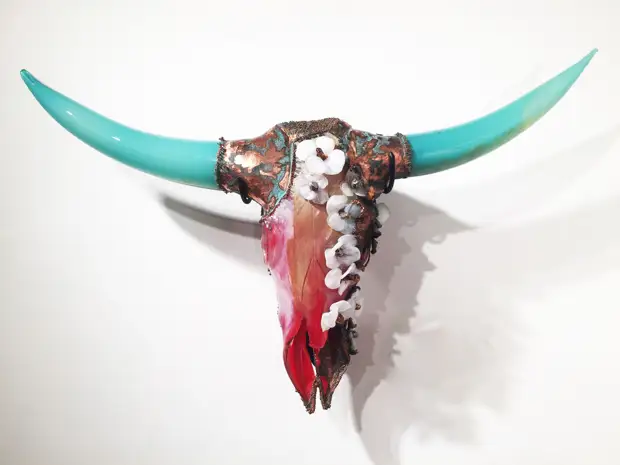
GRANT GARMEZY.
By the way, about versatility. Beads in the technique of Lampwork are treated with a mass of methods - from matting, glazing, enameling, shine, inlaid to decorating stringers, foil, painting, and even cut.
There are in Lampvork and individual directions. For example, with the help of blowing lamp, weightless hollow beads of various shapes are created - round and elongated, flat, in the form of olives, tubes, cubic, etc. There is a transparent and opaque glass of different refractories.
The sculptural Lampwork gives his connoisseurs a miracle of creating a glass miniature. It is a difficult job at the same time as a form, color and volume, while the sculpture can be paid on the bead, and outside it. The theme of the sculptural lamp, from the animal and plant world to the most ordinary things requiring, nevertheless, high level of skill. And sometimes not only skill, but also inventing new copyright glass processing techniques. A vivid example of this is the American-Australian artist Carol Milne, whose knitted sculptures recognizable at first sight.
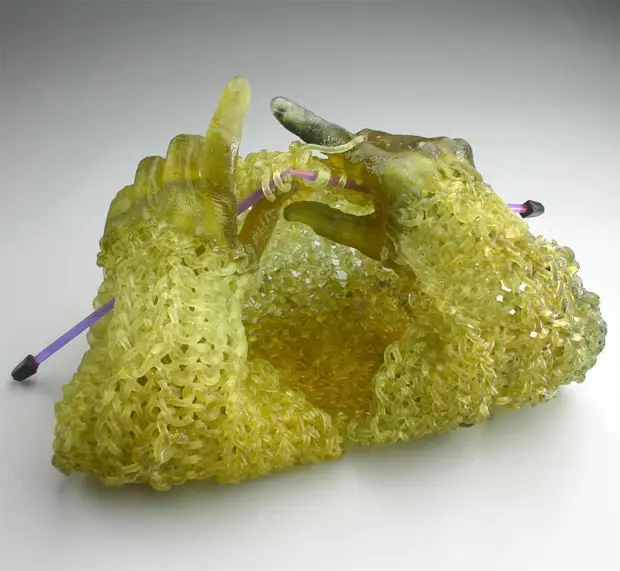
Carol Milne - Sculpture, Glass
Lampwork is both the creation of the "inner world" of beads, the wealth of which is determined by the fantasy of the master - the distant galaxies, the underwater world, the riot of paints of exotic flowers, etc. The products of this direction are invariably attached to their views, whether it is a Venetian thread when In the transparent glass, stretching multicolored veins, aquariums with openwork tails of jellyfish and revived algae or "Cosmos" beads are clearly visible. In this direction, Lampvork is created by real masterpieces. These are the work of the American Floor Stencard Artist (Paul Stankard) - the founder and popularizer of modern glass press papier. A number of products performed by him are recognized by works of art and are stored in more than six dozens of museums around the world, including the famous Metropolitan and Louvre.
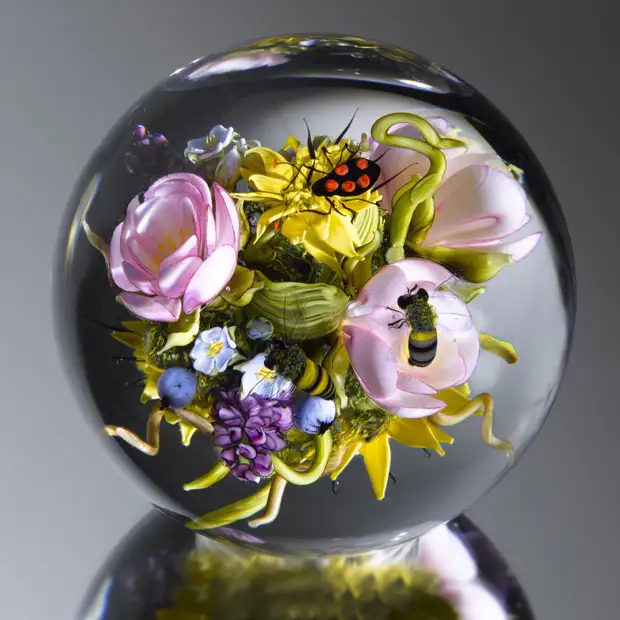
Paul Stankard
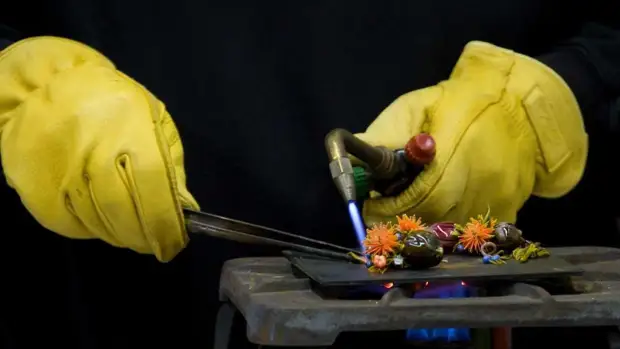
Paul Stankard - details of future work
All techniques for working with glass assume the presence of certain skills and skills, special skills in the Lampvorker. Filigined glass processing requires one of the ancient techniques of Italian glass windows - Murrini. . But about it in the next article :)
A source
